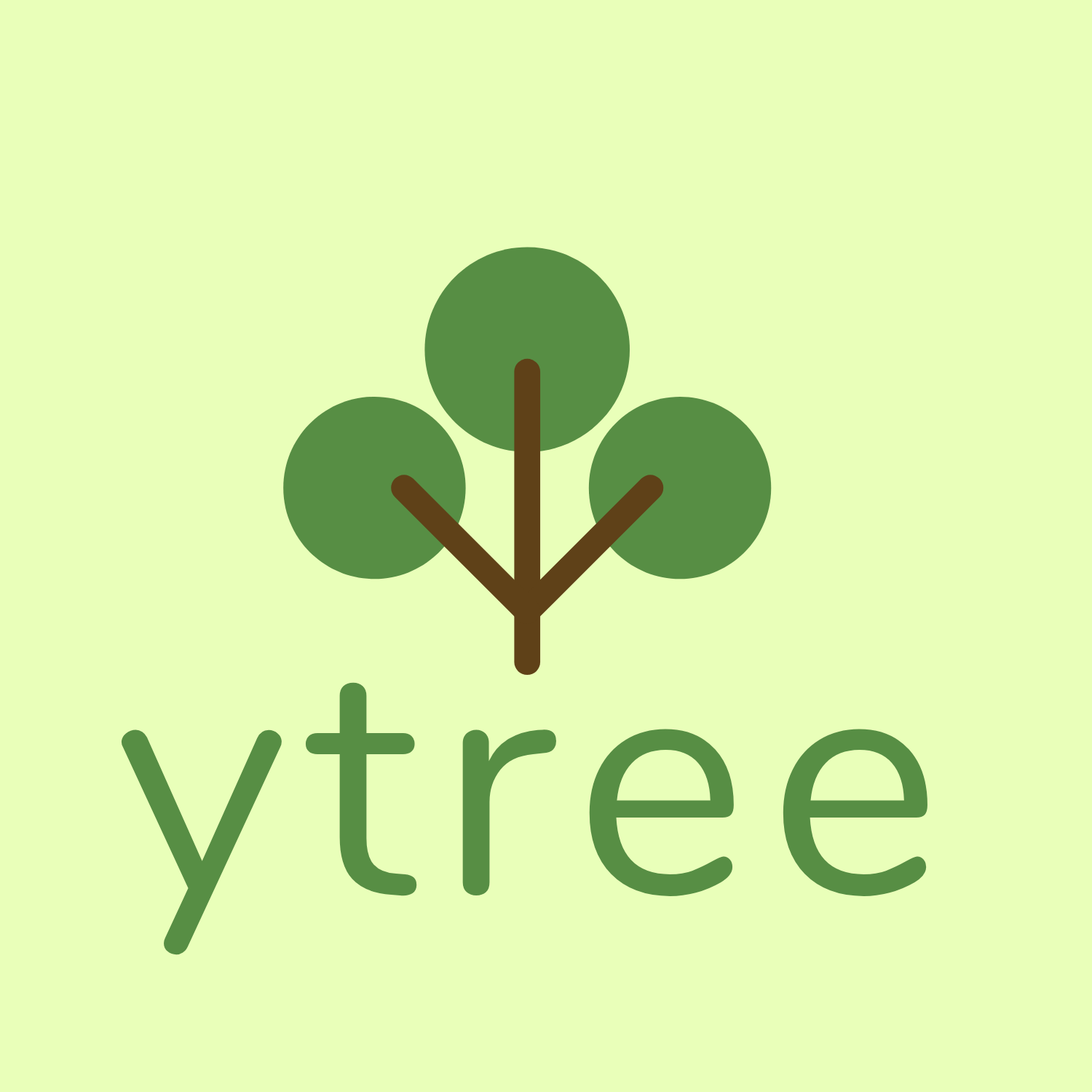This week there was not very much yt development. However, a few notes may be of interest. SamS has updated the HEALPix camera to support ordered projections; what this means is that you can now make volume renderings using a standard color transfer function, or even the Planck transfer function, that cover 4pi of the sky. I am still working on integrating a method for creating images easily, but for now the scripts from last week should work.
I worked a bit on improving the speed of the contour tree, but I am growing to suspect that a full new algorithm will have to be implemented. I have researching this, and I believe that the best method will require a ‘union merge’ data structure. Hopefully I will have something to report on this shortly. As of now, the contouring algorithm should be a factor of 10%-50% faster than it was a week ago, depending on the dataset characteristics. The idea of selection of astrophysical objects, rather than geometric objects, has been on my mind lately, and I committed a first pass at an API for this sort of selection. I hope to have more information about that in the near future, but I anticipate those development efforts to ramp up around the end of March.





